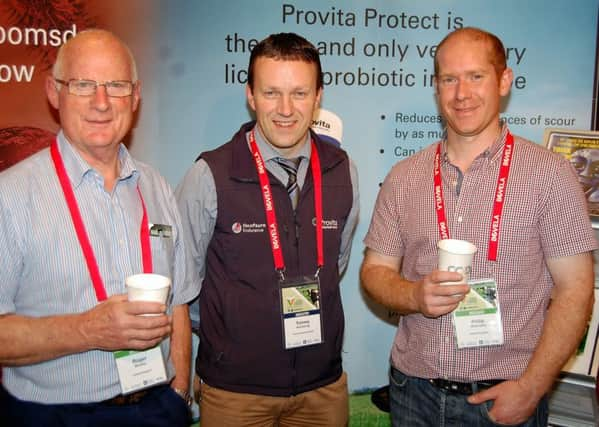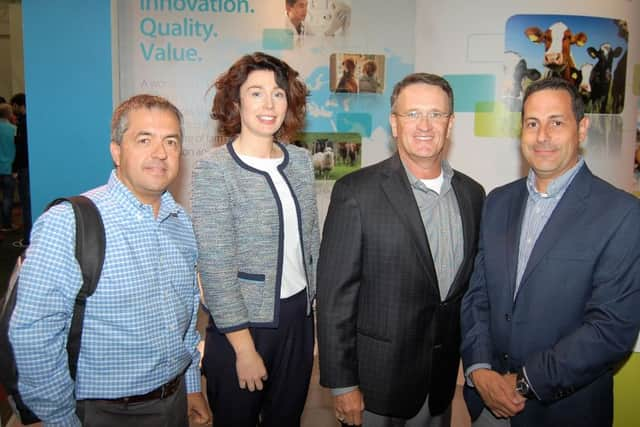Pressure on to reduce antibiotic usage


The University of Nottingham’s Dr Martin Green said that the milk retrieved if half of all clinical mastitis cases could be prevented would be sufficient to supply 1.5 million UK consumers per year.
“Furthermore, mastitis is one of the most common reasons for use of antimicrobials in dairy cows. With current concerns regarding the emergence of antimicrobial resistance in agriculture, there is a widespread drive to reduce use of antimicrobials in food producing animals.”
Advertisement
Hide AdAdvertisement
Hide AdAttending delegate veterinarians Brian McAuley and Liam McCullough, from Co Antrim, agreed:


“The first area to come under scrutiny will be the blanket use of dry cow antibiotic therapy,” said McAuley.
“In the future we will be looking at a scenario where only cows with a high predisposition to mastitis only will be tubed,” he said.
“Milk testing prior to drying off will be used to identify high mastitis risk cows.”
Advertisement
Hide AdAdvertisement
Hide AdMcCullough believes that the effective use of teat seals only can be used as a preventative dry cow mastitis treatment.


“It makes no sense at all to use antibiotic therapy on cows with extremely low cell counts at drying off anyway,” he said.
“Teat seals alone can deliver the protection these animals need, provided they are applied properly. The trick is to ensure that the seals are applied in ways that ensure no possible sources of infection are introduced into the udder as the seal is put in place.”
The use of on-farm culturing (OFC) as a means of selectively treating cases of clinical mastitis in dairy cows was discussed by Dr Peter Down, from the University of Nottingham.
Advertisement
Hide AdAdvertisement
Hide AdHe has developed computer models to predict the types of herds for which an OFC approach could reasonably be recommended.


“The results of this study indicate that the OFC approach would be most suitable for herds in which Gram negative pathogens are responsible for most clinical mastitis and where the treatment of cows according to the results of an OFC approach results in minimal reductions in the bacteriological cure rates,” he said.
“Our work suggests caution should be exercised in using OFC without a transparent message that the method will probably not be cost effective for many herds.
“However, it must be viewed in the context against the absolute priority to get the levels of antibiotic usage within the dairy sector reduced significantly. And farmers must be part of this discussion.”